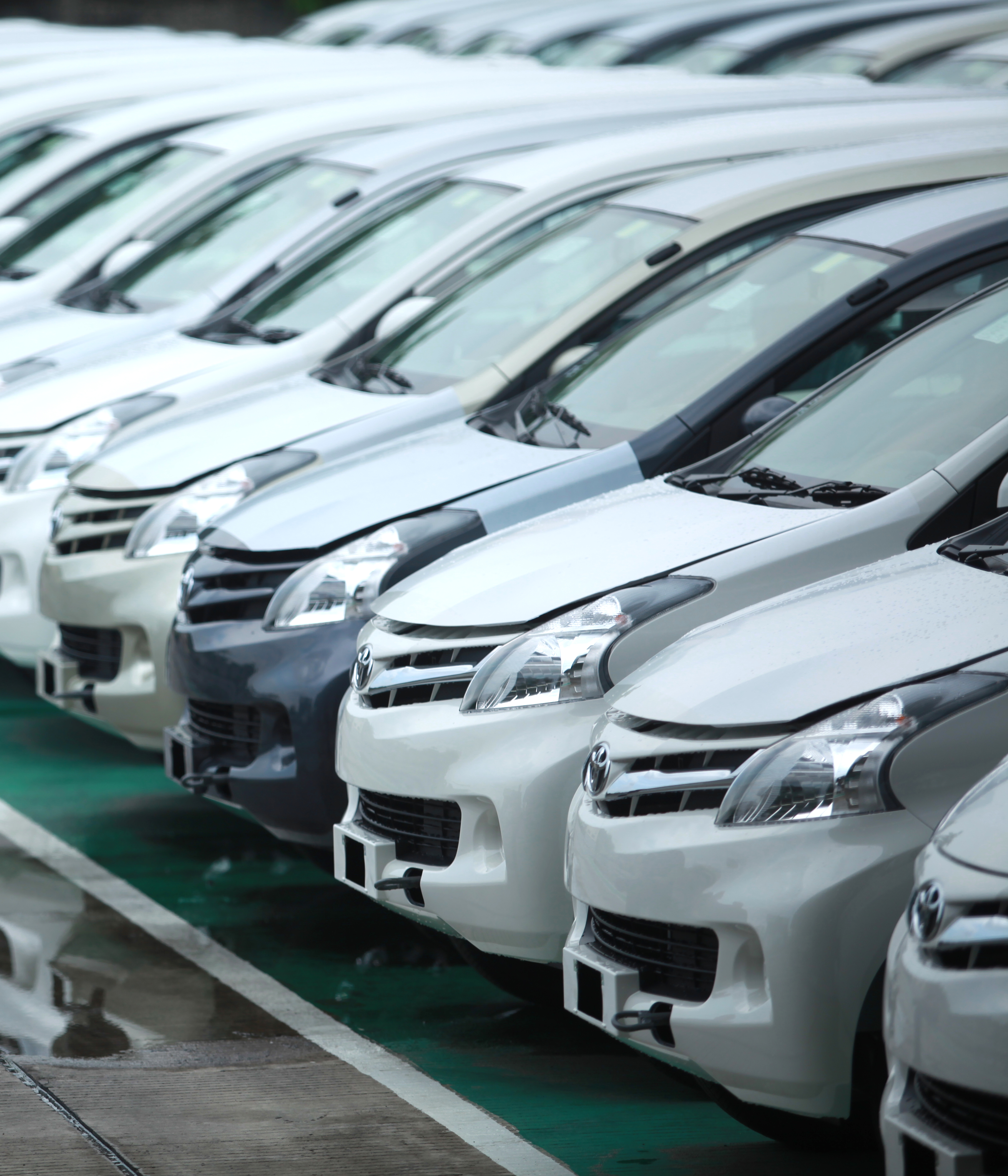China’s bumpy energy transition hit the headlines this week as the government eases curbs on production, China’s conservationists fight to protect one of the last habitats of the Yangtze finless porpoise and a new project hopes to transform lives in some of China’s poorest areas using solar.
Also, a new series from Sixth Tone documenting the impact of desertification on local communities was published this week. Here are parts one and two.
Despite climate change vow, China pushes to dig more coal [NY Times]
This week, the New York Timespublished an article claiming that China is “scrambling to mine and burn more coal”. Read our response on Energydesk.
China risks wasting 490 Billion on new coal power [Guardian]
Burning money: China is currently on track to waste billions on unneeded coal capacity.
China’s using solar to lift people out of poverty [China Dialogue]
China’s plan to lift 70 million people out of poverty is being piloted in an impoverished area of Anhui Province. Residents of Yuexi County identified as living below the poverty line (roughly 1 USD a day) will have solar panels installed on their roofs for free and automatically become shareholders in their village’s solar power stations.
Environmentalists last ditch effort to save Poyang lake [SCMP]
Chinese environmentalists are fighting to halt the proposed damming of Poyang lake, home to a number of species of endangered animals, including migratory birds and the critically endangered Yangtze finless porpoise.
China to invest 100 billion USD on wind power [Indian Express]
China’s newly released wind energy plan includes a 100 billion USD investment in wind power creating an estimated 300,000 new jobs in the burgeoning sector.
…and another one…
Fire and brimstone: Stunning photos of an illegal coal-fired steel plant [International Business Times]
Kevin Frayer ventured into the belly of the beast to capture these incredible images of an Inner Mongolian steel mill. China’s recent economic stimulus package has breathed new life into the steel sector, which could be stalling hard-won progress on Beijing’s air pollution.


